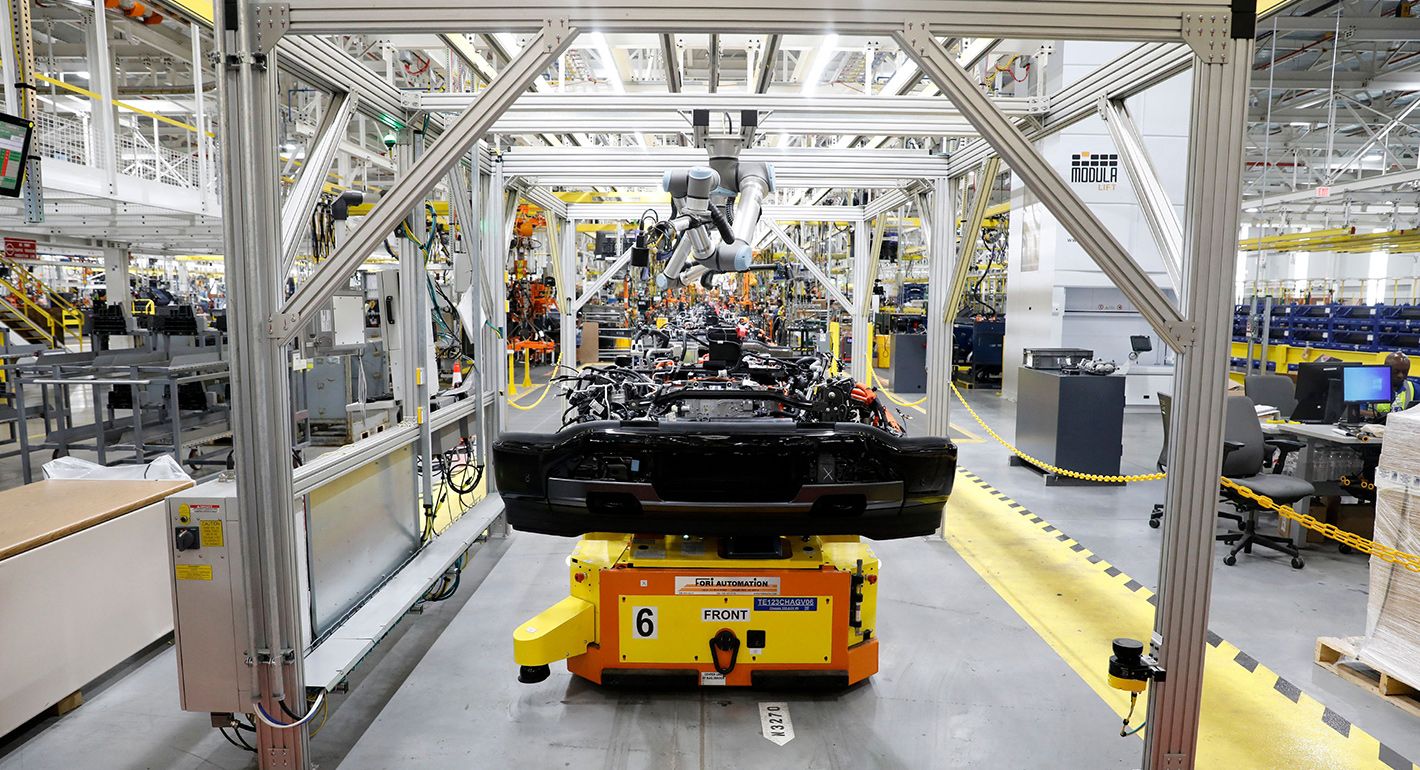U.S. Industrial Strategy for Clean Energy: Addressing China's Technological Dominance
Key Ideas
- Chinese dominance in key clean energy technologies poses a challenge to U.S. industry, leading to the need for strategic responses.
- The U.S. must focus on leapfrog technologies to overcome supply vulnerabilities and drive competitiveness in less saturated sectors.
- The United States possesses a growing industrial base in areas like advanced batteries and geothermal energy, providing a foundation for future growth.
- Future policies should prioritize scalability, material reduction, and global competitiveness to establish a strong position in low-carbon industries.
The working paper supports the U.S. Foreign Policy for Clean Energy Taskforce's efforts to enhance U.S. clean industrial goals and decarbonize cooperatively. It highlights how Chinese companies dominate key clean energy technologies, posing a challenge to U.S. industry. While China's advancements in EVs, wind turbines, solar modules, and more are promising for carbon emissions reduction, the U.S. must address domestic supply chain vulnerabilities and drive competitiveness. The paper suggests a focus on leapfrog technologies and strategic industrial policies to remain competitive in the global clean energy market. It emphasizes the importance of innovation, scalability, and resilience in developing U.S. industries. The United States is encouraged to leverage its strengths in emerging sectors like advanced batteries and geothermal energy to drive growth and establish a stronger position in low-carbon industries. By prioritizing technology development and global competitiveness, the U.S. can enhance energy security, fortify its economy, and contribute to global climate goals.
Topics
Production
Clean Energy
Energy Security
Innovation
Industrial Policy
Economic Competitiveness
Global Competition
US-China Relations
Technology Dominance
Latest News
